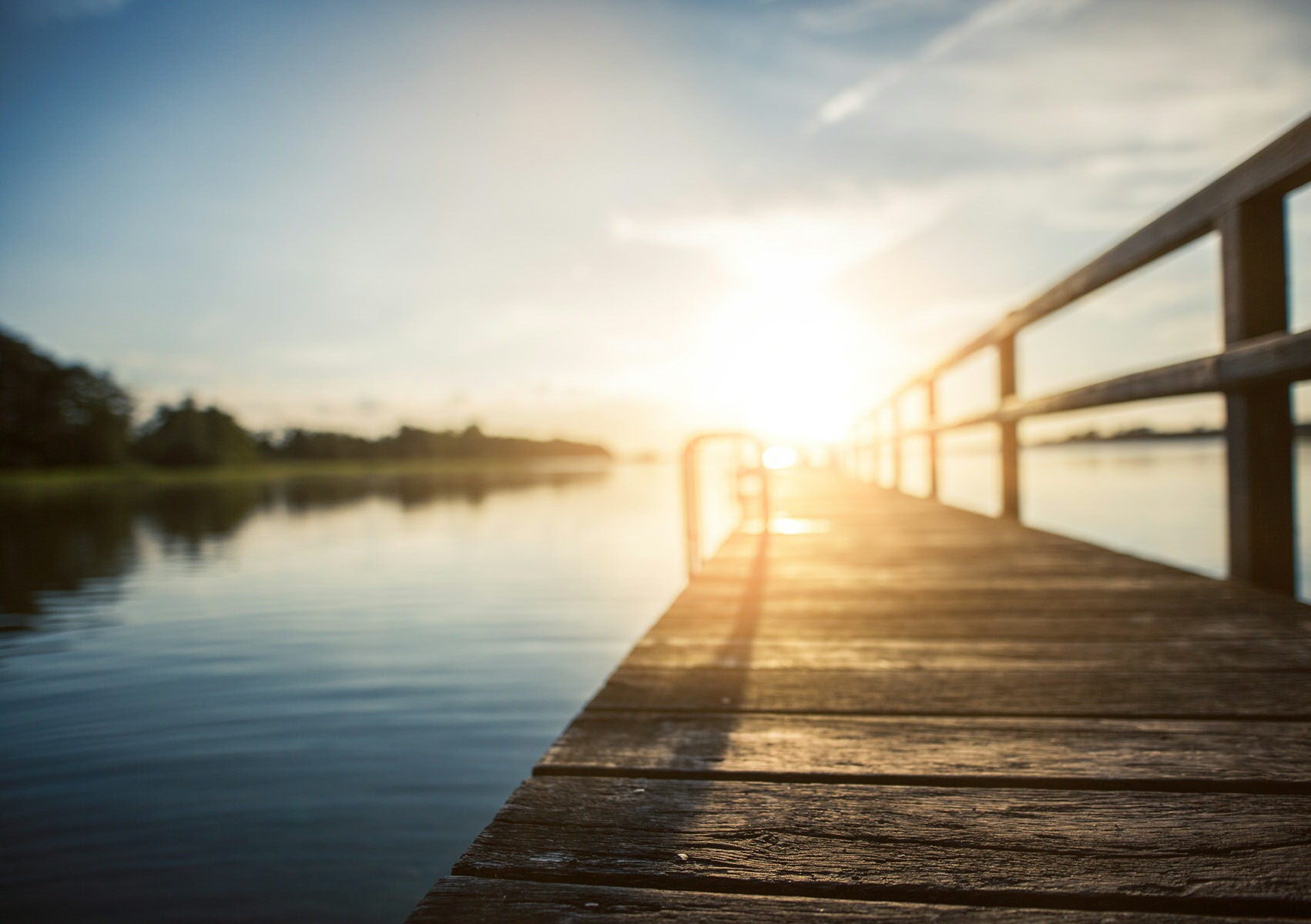Exposure to sunlight improves sleep quality
The light to which people are exposed during the day not only affects when they go to sleep, but also the quality of their sleep. This is one of the results from extensive research carried out by chronobiology researchers at the Groningen Institute for Evolutionary Life Sciences of the University of Groningen. The results show that exposure to sunlight allows people to sleep more deeply and soundly the following night. The researchers also found that the earlier in the morning people are exposed to bright sunlight, the earlier they fall asleep in the evening.

In the experiment, which ran from 2014 to 2016, twenty healthy young (NL) test subjects were tested in the home environment at different times of the year to ascertain how their day-to-day behaviour and exposure to sunlight affected their sleep. This is one of the first sleep studies to have taken place in ‘the field’ rather than in a lab. Small data loggers were used to measure both the light intensity and the depth of sleep on the basis of EEG signals. The loggers did not impair the test subjects as they went about their daily routines.
Chronobiology expert Dr Emma J. Wams: ‘Previous studies have established that
exposure to light is the factor that enables our biological clock to follow changes in chronological time, because the timing of our exposure to that light also shifts. This study is important because we made corrections for the seasons. The effect of sunlight on the depth and quality of sleep is the same throughout the year.’
An hour of morning sun
While the results of this research are obviously interesting to medical staff advising people with problems sleeping, they also provide new scientific insight into how our brain uses light information to improve sleep quality. ‘In a society that expects us to turn up for work early, we would do well to take in as much morning sunlight as possible. This would help us to fall asleep in the evening and wake up feeling refreshed’, says P rof. Roelof Hut, who headed the research project.
Nobel Prize for chronobiologists
This year’s Nobel Prize for Medicine went to three chronobiologists for their work on circadian rhythms in fruit flies: Jeffrey Hall, Michael Rosbash and Michael Young. In the 1980s and 1990s, the American researchers discovered an essential molecular mechanism that determines the 24-hour rhythm of practically all cells in animals and humans. Global research into the biological clock has taken off since their findings, and is having great implications on human health, as will this research at the University of Groningen.
The full research is published on: Oxford Academic

Explanation of the graphs
6A: The graph shows the accumulation of SWS (slow wave sleep; the most intense stage of sleep) throughout the sleep period. The group of individuals were split by the intensity of the light they exposed themselves to. Those with bright light exposure (sunlight) are represented by the grey line, those with low light intensity exposure are represented by the black line. The group with brighter light exposure had significantly (indicated by the black bars at the top of the graph) more intense sleep and earlier intense sleep than those who had low intensity light exposure.
6B: The REM (rapid eye movement) sleep graph shows that those with low intensity light exposure had more REM sleep throughout the night to compensate for the lack of the more intense slow wave sleep they were missing.
6C: Those with high light intensity exposure had much less awakenings at the beginning of the night due to the deep sleep they were having, whereas those with low light level exposure had more awakenings as they were not sleeping so deeply.More news
-
15 September 2025
Successful visit to the UG by Rector of Institut Teknologi Bandung
